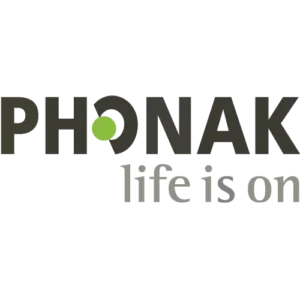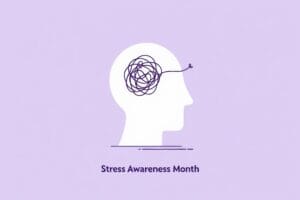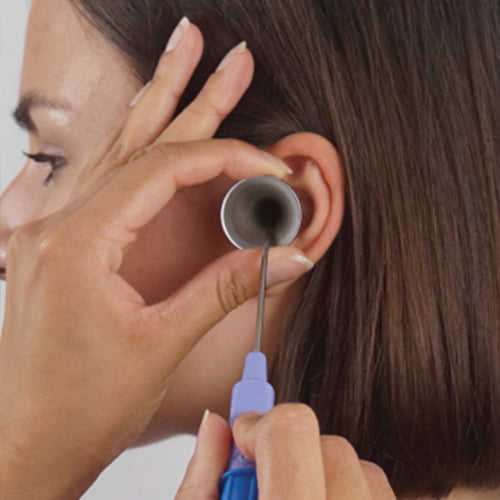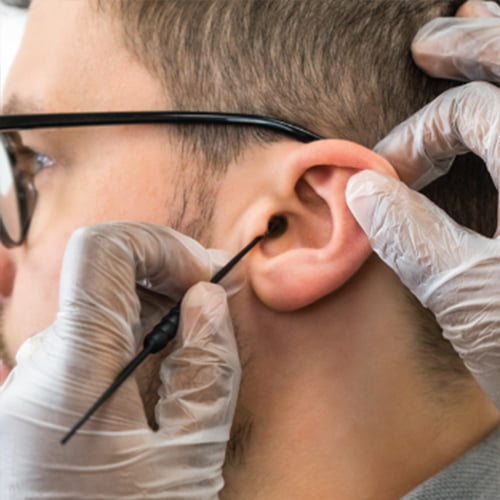
Water Irrigation/ Ear Syringing
Water irrigation for earwax removal is a tried-and-tested method that millions of audiologists have used and recommended.
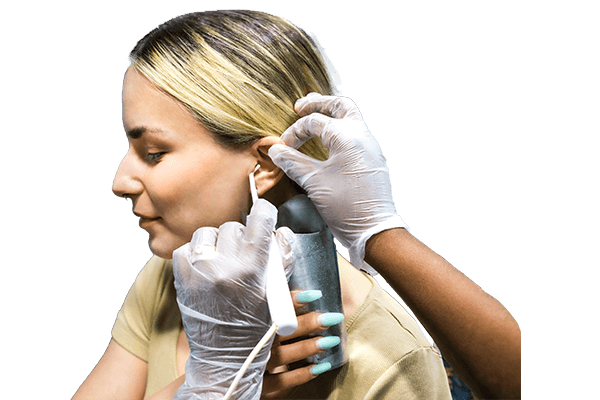
What Is Ear Syringing/Water Irrigation?
Water irrigation, also known as ear syringing or ear irrigation, is a popular method for removing earwax. It involves using a controlled stream of water to flush out wax, debris, or foreign objects from your ear canal. This method is widely used by healthcare professionals and is known for its effectiveness and safety.
How Does Water Irrigation Work?
Benefits of Water Irrigation
- Great for Sticky Wax: Water irrigation is excellent at removing sticky wax that might block suction tubes used in microsuction.
- Quick and Efficient: The procedure is generally faster than microsuction.
- Comfortable: Many people find the warm water soothing and relaxing.
- Trusted: Widely used and trusted by healthcare professionals.
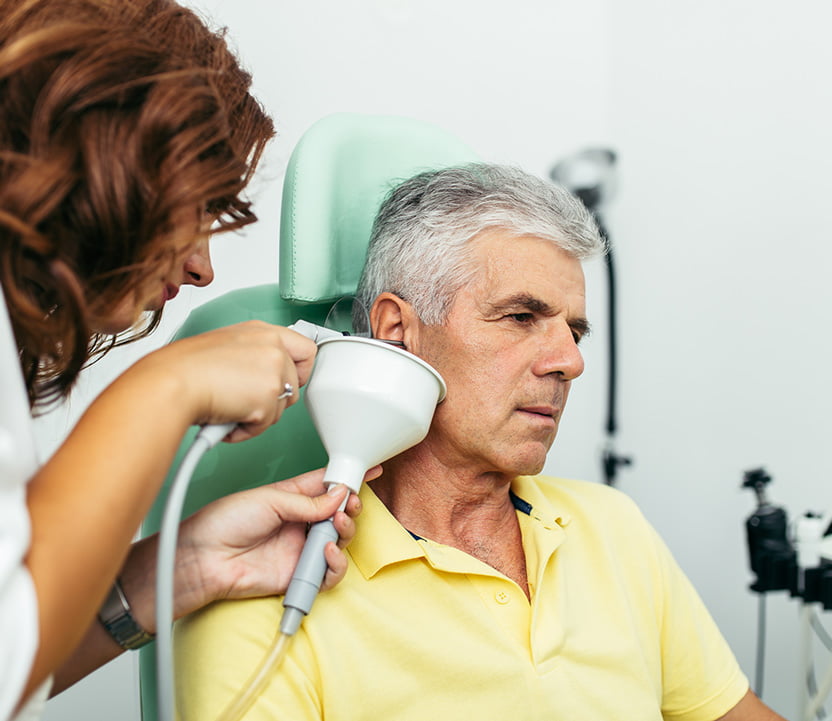
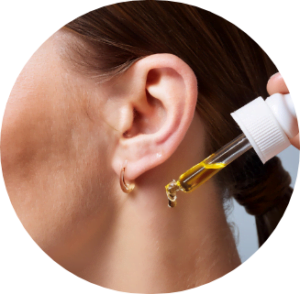
Preparing for Your Water Irrigation
Appointment
To get the best results, we recommend using olive oil drops for three days before your appointment to help soften the wax. This makes it easier to remove the wax completely. However, this is not always necessary. If you need an emergency appointment and we are able to fit you in, you can attend without using drops beforehand.
What to Expect During Your Appointment
Your appointment will start with a chat about your medical history and a consent form. Our audiologist will then check your ears with a small camera and show you the inside of your ear on a screen if you’d like. We’ll explain the procedure, place a towel on your shoulder to keep you dry, and you’ll hold a cup under your ear to catch the water. The procedure is typically allotted 30 minutes, but is often completed in less, depending on how much earwax needs to be removed.
Aftercare for Water Irrigation
After the procedure, it’s important to keep your ears dry for seven days. You can use cotton wool at the entrance of your ear canal while showering and avoid submerging your head in water. If your ears feel sore after a lot of hard wax has been removed, this should go away in a few days.
Safety and Side Effects
Ear irrigation is generally safe and painless, but some people may experience mild side effects such as:

Temporary dizziness

Feeling of fullness

Slight discomfort in the ear canal

Minor ear irritation
These side effects usually go away quickly. Our team takes every precaution to minimize risks and ensure your comfort throughout the procedure.
Contact Us
If you have any questions about the procedure or would like to book an appointment, please contact our expert team at 01455 234 600 or click the button below to book online.
Frequently Asked Questions
Is water irrigation/ear syringing painful?
Water irrigation (or ear syringing) is generally not painful. Most people find the procedure to be comfortable and even soothing, as the warm water gently flushes out the earwax. However, some individuals may experience slight discomfort or a feeling of pressure during the procedure.
Can having your ears syringed damage your hearing?
When performed correctly by a trained professional, water irrigation (ear syringing) is generally safe and unlikely to damage your hearing. However, there are some risks if the procedure is not done properly such as eardrum perforation, ear infections, or temporary hearing loss due to the pressure of the water. To minimise these, it’s important to have the procedure done by a qualified audiologist or healthcare provider who can ensure it’s performed safely and effectively.
How often is it safe to have your ears syringed?
The frequency of ear syringing depends on your individual earwax production. For some people, once a year is sufficient, while others may need it every 3 to 6 months. It’s important to follow the advice of a healthcare professional who can recommend the best schedule based on your specific needs.
Can you hear better after ear irrigation?
Yes, after the earwax is removed, you are likely to start hearing better immediately. A study found that 75% of ears tested could hear 1 to 3 more frequencies after ear irrigation. This improvement in hearing is because removing the blockage allows sound to travel more freely to the eardrum.
How do I know if I need ear irrigation?
You might need ear irrigation if you experience symptoms such as earache, a feeling of fullness in your ear, difficulty hearing, ringing in your ears (tinnitus), or dizziness. These symptoms can indicate a buildup of earwax that needs to be removed. If you’re unsure, our professionals at Hear4U can assess your condition and recommend the best course of action. It’s always a good idea to consult with a healthcare provider if you have persistent ear-related symptoms.

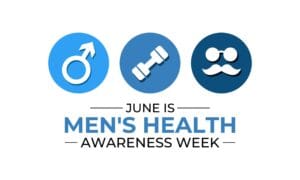
Men’s Health Week 2025: Empower Better Hearing for Stronger Connections
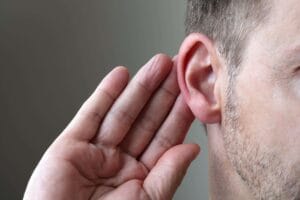

International Noise Awareness Day 2025: Defend & Secure Your Hearing
